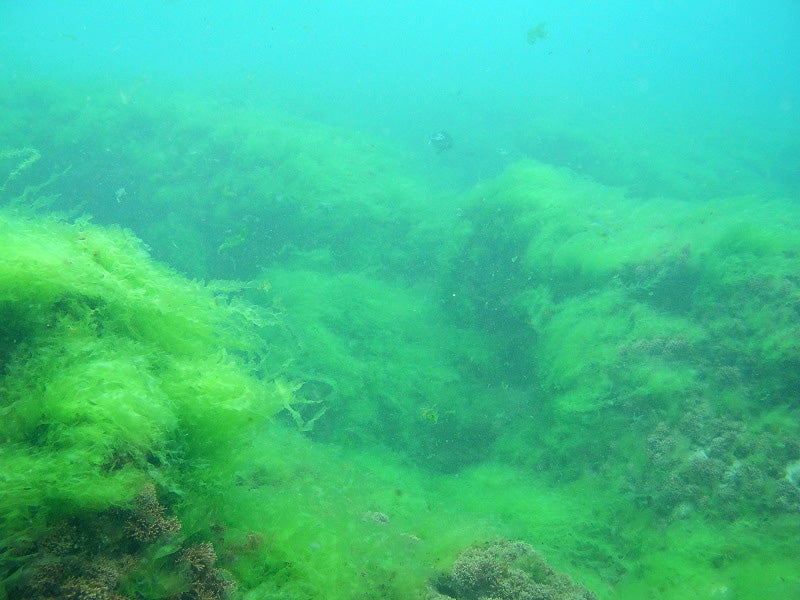Federal Appeals Court Reaffirms Maui Clean Water Act Decision
Victory
—9th Circuit Court of Appeals rejects Maui County’s petition for the full court to reconsider whether Maui County violated the Clean Water Act by injecting millions of gallons of treated sewage each day into wells that discharge into the Pacific Ocean
Contact
A key Clean Water Act ruling was reaffirmed today when the U.S. Court of Appeals for the Ninth Circuit rejected the County of Maui’s petition for the full court to rehear an appeals panel’s February ruling. The panel found that the County has been violating the U.S. Clean Water Act (CWA) since its Lahaina Wastewater Reclamation Facility was first put into operation in the early 1980s.
The Lahaina facility, which serves West Maui, injects 3 million to 5 million gallons of treated sewage into groundwater each day. In 2011, an EPA-funded study used tracer dye to show conclusively that the Lahaina sewage flows with the groundwater into near-shore waters off Kahekili Beach, where it has been linked to algae blooms that smother the coral reefs and other degradation of this unique marine ecosystem. Noting that the County admitted it would need a CWA permit “to dispose of pollutants directly into the Pacific Ocean” through an ocean outfall, the panel held that it “would make a mockery of the CWA’s protections” to allow the County to do “indirectly that which it cannot do directly.”
Industry groups and 18 conservative state attorneys general had argued for the rehearing, making this decision an important affirmation of Clean Water Act protections across the nation. Not a single one of the Ninth Circuit’s 25 active judges even asked for a vote on whether to reconsider the panel’s decision.
Four Maui community groups represented by Earthjustice — Hawai‘i Wildlife Fund, Sierra Club-Maui Group, Surfrider Foundation and West Maui Preservation Association — sued the County in 2012, seeking to protect the sensitive coral reefs at Kahekili, as well as public users of the popular beach park, from harmful pollution. In 2017, the U.S. Geological Survey, the State of Hawai‘i’s Division of Aquatic Resources, and other experts published a peer-reviewed study documenting the ongoing, serious harm to the reef at Kahekili associated with the Lahaina facility’s discharges to the ocean.
“We’re pleased the Ninth Circuit rejected this attempt by polluting industries to do an end run around the Clean Water Act,” said Earthjustice staff attorney David Henkin. “When Congress passed this landmark law to protect our nation’s waters, it did not create a loophole for Maui County to pollute the Pacific Ocean by using the groundwater underneath the Lahaina facility as a sewer.”
In 2015, the County agreed that, if it lost its appeal, it would invest $2.5 million in infrastructure upgrades to allow treated effluent from the Lahaina facility to be reused for irrigation, rather than dumped into the ocean. To date, Maui County has authorized expenditures of over $3.5 million for private lawyers to litigate this case.
“It’s time for the County to stop spending taxpayer money on lawyers and to start focusing on fixing the problem,” Henkin said.

Additional Resources
About Earthjustice
Earthjustice is the premier nonprofit environmental law organization. We wield the power of law and the strength of partnership to protect people's health, to preserve magnificent places and wildlife, to advance clean energy, and to combat climate change. We are here because the earth needs a good lawyer.